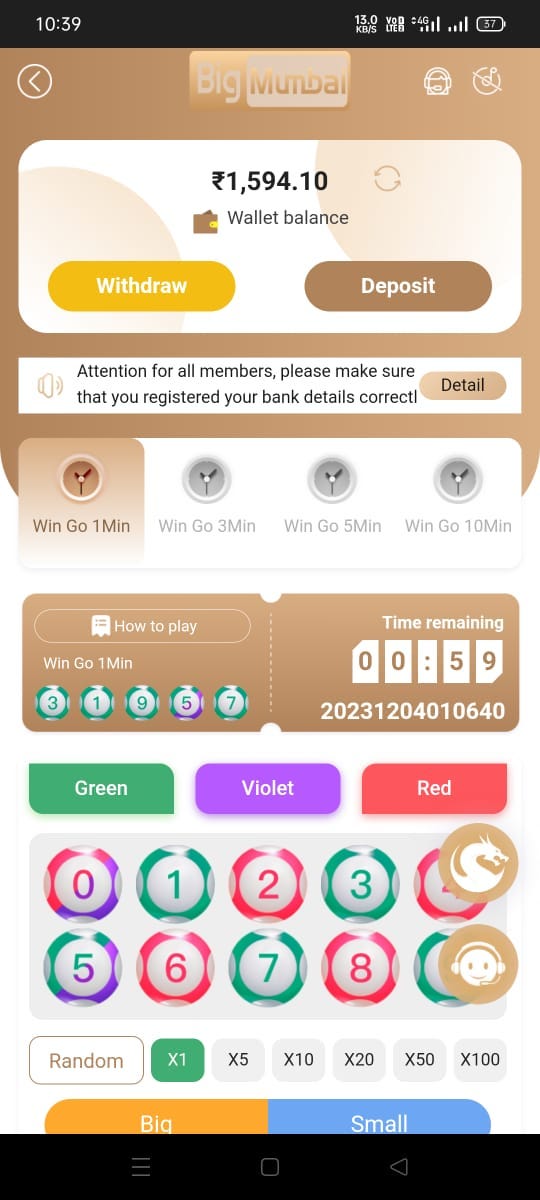Indian Rummy Rules
Welcome to the world of Indian Rummy! This popular card game is a thrilling combination of strategy, skill, and luck. To play the game effectively, it's important to understand the rules. Here's a guide to help you get started.
Objective of the Game:
The main objective of Indian Rummy is to form valid sets and sequences using the cards dealt to you. A valid declaration consists of at least two sequences, one of which must be a pure sequence (without a Joker), and the remaining can be a pure or impure sequence and sets.
Card Distribution:
Indian Rummy is typically played with two decks of cards and two jokers. Each player is dealt 13 cards at the beginning of the game. Players have to form sequences and sets with these cards to declare.
Sequence:
A sequence is a group of three or more consecutive cards of the same suit. A pure sequence is a sequence formed without a Joker, while an impure sequence can include a Joker.
Set:
A set is a group of three or four cards of the same rank but of different suits. Sets can also include Jokers.
How to Declare:
Once you have formed the required sequences and sets, you can declare by placing your cards on the table. To win, you need to have at least two sequences, one of which must be a pure sequence.
Scoring:
In Indian Rummy, the winner is awarded zero points. The losing players get penalty points based on the cards left in their hands. Face cards (K, Q, J) carry 10 points each, numbered cards carry points equal to their face value, and Jokers carry zero points.
Conclusion:
Indian Rummy is a fun and challenging card game that requires skill, strategy, and a good understanding of the rules. By mastering the rules and practicing consistently, you can improve your gameplay and increase your chances of winning. So gather your friends and family, shuffle the cards, and enjoy a game of Indian Rummy!
